Do you have a question about the Trane 2TWB0012-036AA and is the answer not in the manual?
Measures for elevation, snow drifts, condensation, and eaves to ensure proper operation.
Guidance on setting the unit on a level support pad and basepan tab removal.
Ensuring unrestricted airflow by maintaining proper clearances from walls and structures.
Determining the correct orifice size for system rated performance.
Practical methods for running refrigerant lines, considering bends and space limitations.
Steps for fastening lines, insulation, and preventing contact between lines.
Procedures for brazing connections using nitrogen purge and proper techniques.
Pressurizing lines with dry nitrogen and checking for leaks using soap bubbles.
Steps for evacuating refrigerant lines and indoor coil to specified micron levels.
Guidelines for power wiring, grounding, and safety precautions.
Understanding defrost control signals, fault identification, and pin identification.
Procedures for checking normal operation and initiating a forced defrost.
Procedure for setting thermostat and applying power to activate sump heat.
Final unit operation and checkout procedures for proper performance.
Instructions for installing electric heaters within the air handling device.
Guidance on field installation of an outdoor thermostat.
Information on applying salt shields for units near saltwater environments.
Comprehensive list of checks for refrigerant lines, electrical, and system operation.
This document describes the Trane 2TWB0012-036AA Heat Pump Units, providing installation, operation, and maintenance guidelines. It emphasizes compliance with national, state, and local codes for all installation phases.
The Trane 2TWB0012-036AA is a heat pump unit designed for outdoor installation, capable of operating in severe winter conditions. It works in conjunction with indoor units equipped with a Thermostatic Expansion Valve or Accutron™ Flow Control Check Valve (F.C.C.V.) assembly for refrigerant flow control. The unit's primary function is to provide heating and cooling to a building by transferring heat between the indoor and outdoor environments. It incorporates a demand defrost control system that measures outdoor ambient and coil temperatures to determine the need for defrost cycles, ensuring efficient operation in cold weather.
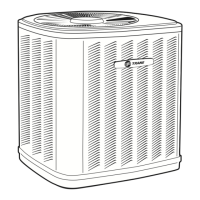

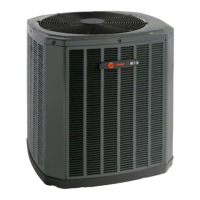
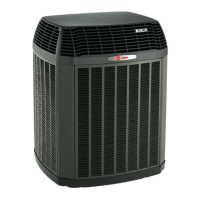
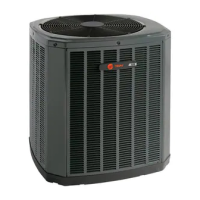
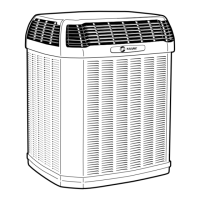

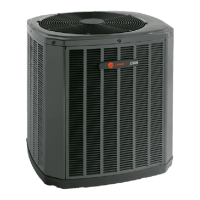
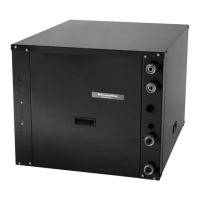
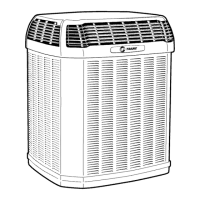
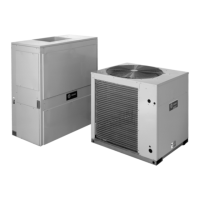

